BETA PLUS (Bile & Gall Bladder Support)
*** Please Login or Register with DC Nutrition to see Prices and Add To Cart. ***
Login | Create An Account / Register
Beta Plus is a source of organic whole beet concentrate and purified bile salts. It is useful with constipation and biliary insufficiency. There's a difference between insufficiency and stasis. Insufficiency is when you have a light-colored or clay-colored stool. That is generally your first indication of insufficiency. Beta Plus is also useful in cases where the gallbladder has been removed and the symptoms of a gallbladder dysfunction are still present.
With Beta Plus you want to insure that the dose is cycled so you do not become dependent upon the exogenous use of bile salts. In other words you should with one tablet with meals on the first day, two tablets with meals on the second day, three tablets with meals on the third day, and then back to one tablet. Again, go up and down with the dosage to prevent a biliary dependence on the bile salts. This cyclic dose does not appear to be needed where the gall bladder has been removed and the symptoms of a biliary dysfunction are still present. When the gall bladder has been removed, one to two tablets with each meal is generally effective.
There is also some evidence in the literature that patients who have had their gallbladders removed have a significantly higher incidence of colon cancer than those who have not. Again, if the you have had your gallbladder removed, the daily use of Beta Plus is recommended.
PRODUCT DESCRIPTION
BETA PLUS
**Each tablet supplies:
Ox Bile Extract 100 mg
Pancrelipase 50 mg
Whole Beet Concentrate 100 mg
(certified organically grown beets)
Superoxide Dismutase 20 mcg
Catalase 20 mcg
SUGGESTED USE: One (1) tablet with each meal as a dietary supplement or as otherwise directed by a health care professional.
Contains: 90 Tablets; 180 Tablets
Product#: 1210; 1209
NDC: 55146-01210; 55146-01209
ADDENDUM
What is bile?
Bile functions as the body's emulsifying agent, critical for fat digestion and assimilation. Bile is produced by the liver, and it is temporarily stored in the gall bladder. Bile is released into the small intestine in response to hormones, such as cholecystokinin, when fat enters the intestine.
Bile consists of a mixture of bile salts and bile acids, cholesterol, bilirubin and phospholipids, chiefly phosphatidylcholine. Electrolytes are present at levels found in serum. The ratios of individual lipids are critical to maintain a stable micellar liquid. The molar ratios are typically 5:15:80 for cholesterol/phosphatidylcholine/bile salts. If the bile concentration becomes too high, cholesterol will precipitate and gallstones will form in the gall bladder, a condition known as cholelithiasis.
Bile formation
Bile salts and acids represent oxidized derivatives of cholesterol. About 80% of the cholesterol in the body will eventually be disposed of as cholic acid. The primary bile acids, cholic acid and chenodeoxycholic acid, possess a carboxylic acid side chain, which confers hydrophilic properties to the lipophilic sterol ring and creates detergent-like molecules. The liver attaches taurine and glycine to bile acids to create bile salts (taurocholate or taurochenodeoxycholate, and glycocholate or glycodeoxycholate, respectively). Bacterial enzymes in the colon can convert these to secondary bile acids, deoxycholate and lithocholate.
Bile and digestion
Bile is needed for efficient uptake of oily nutrients. When bile acids and bile salts first encounter ingested fats, they act as emulsifiers to create suspensions which can be broken down enzymatically. The process involves several important steps.
The combined action of bile salts and pancreatic lipase initiates hydrolysis of triglycerides to free fatty acids and diglycerides with the formation of emulsions containing other lipid-soluble nutrients, ncluding vitamins and carotenoids. The particle size of these emulsions ranges from 200 to 5000 nanometer in diameter. Lipase is then able to hydrolyze di-and triglycerides to monoglycerides and free fatty acids. Lipase requires a smaller protein called colipase, another pancreatic product, in order to bind to triglycerides and activate the lipase. Upon further release of bile salts, the lipid aggregates become smaller, from 3 to 10 nanometer in diameter. The normal endpoint of triglyceride digestion is a product containing 70% free fatty acid anions, and 25% beta monoglycerides, together with cholesterol. The micelles are taken up by epithelial cells of the brush border by passive diffusion.
After absorption, the fate of fatty acids depends upon their sizes. Medium chain fatty acids, with less than 10-12 carbons, pass directly from the mucosal cells into the portal blood and bind to serum albumin. Longer chain fatty acid anions are reesterified with beta monoglycerides in the smooth endoplasmic reticulum to reform triglycerides. The newly synthesized triglycerides are then complexed with apoproteins, cholesterol and phospholipids, to produce particles called chylmicrons. These particles are released from mucosal cells by exocytosis and enter the lymph, rather than entering the bloodstream directly.
Enterohepatic circulation
Bile salts do not cross the mucosal barrier into the lymphatic system, but rather they are reabsorbed as micelles in the lower region of the small intestine. Most of the bile salts released into the intestine are reabsorbed in the lower ileum where bacteria can reduce free bile acids to lithocholate and deoxycholate. The absorbed bile acids and salts are transported via the portal vein to the liver as complexes with serum albumin. The liver efficiently extracts them, conjugates them with amino acids, and again secretes them as bile, which is returned to the gall bladder to continue to aid digestion. Bile salts recirculate 2-3 times through the liver with each meal.
Fiber can bind bile components
Certain kinds of dietary fiber bind bile salts. Examples include pectin (found in fruits and berries), and hemicelluloses (found in cereal grains) as well as certain types of fiber that occur in legumes such as chickpeas. When the diet is rich in these fiber sources, more bile is excreted (not reabsorbed). As a consequence, blood levels of cholesterol may be reduced to account for more bile salt formation, possibly slowing the development of atherosclerosis. Especially soluble fiber binds cholesterol.
Nutritional support of bile formation
Beet fiber. Feeding volunteers fiber significantly lowered total serum cholesterol and LDL after 3 weeks of supplementation. On the other hand, there was no difference in total fecal bile excretion compared to wheat bran. Rats fed beet fiber increased the level of fecal bile salt and cholesterol excretion. In another comparison of different types of fiber in animals, high beet fiber or high guar gum consumption lowered circulating bile acids, suggesting a possible alteration of the enterohepatic bile circulation pathway.
Bile. When potentially pathogenic enteric bacteria were cultured in the presence of bile, then incubated with cultured human intestinal epithelial cells, fewer bacteria were internalized by intestinal cells. Therefore, exposure to bile salts during bacterial growth apparently decreases the tissue invasiveness.
Pancrelipase (pancreatic lipase). This enzyme hydrolyzes triglycerides micellized with bile to monoglycerides that contain the acyl link to the 2 position of glycerol. The resulting free fatty acids and monoglycerides are absorbed by the gut mucosa and are reassembled as triglycerides. Preparations of lipase can reduce fecal fat.
Taurine. This derivative of cysteine is a highly charged compound. When it is conjugated to bile acids, it creates an even more polar region of the bile acid, thereby increasing its amphipathic (detergent-like) properties. As the substrate of phase II detoxication enzymes, taurine may become depleted in the liver when the supply is inadequate to meet metabolic
needs. In genetically stroke prone, hypertensive rats, supplementation with taurine prevented increases in serum cholesterol levels. Taurine increased the activity of cholesterol-7-hydroxylase and stimulated bile production. Low taurine dietary intake compromised vitamin D absorption in pre term infants.
Vitamin C. The enzyme responsible for the first step in converting cholesterol to bile acids, cholesterol-7-alpha hydroxylase, depends on vitamin C. In guinea pigs with vitamin C deficiency, cholesterol accumulates in the liver and blood, decreased bile acid ratios in bile and increased incidence of gallstones. In hypercholesterolemia humans with low vitamin C status, additional vitamin C lowered blood cholesterol.

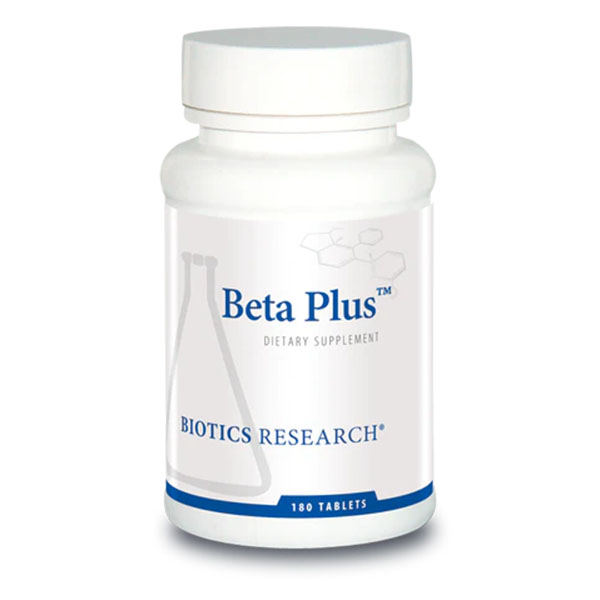
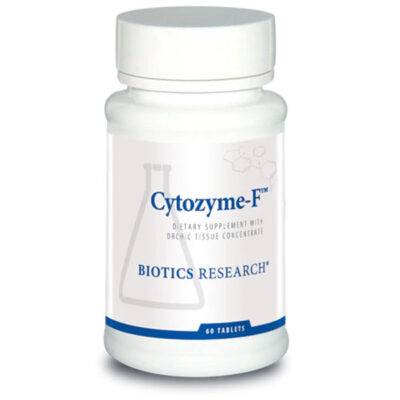
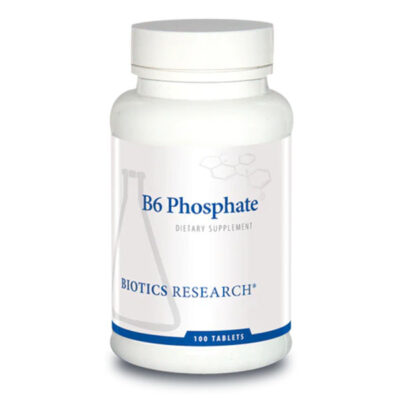
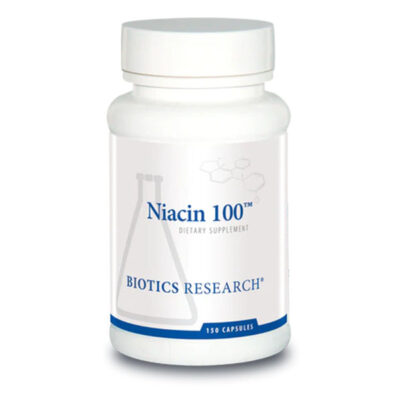
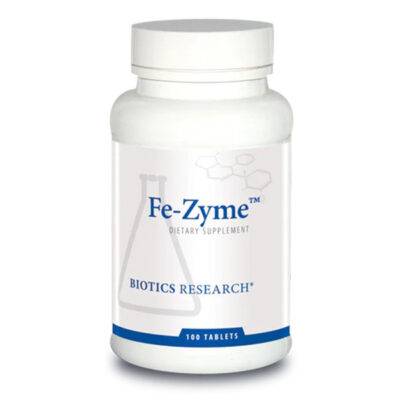
Reviews
There are no reviews yet.